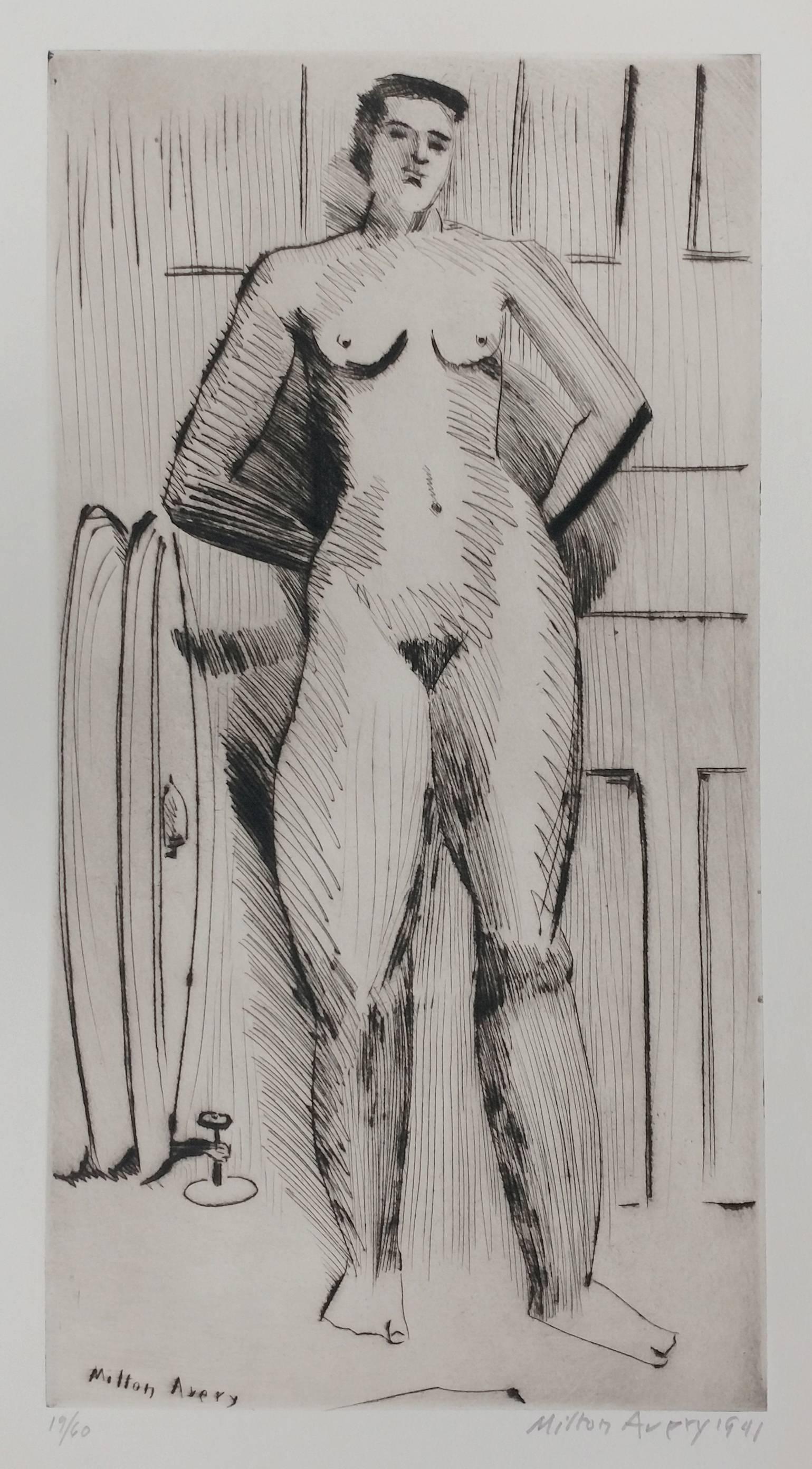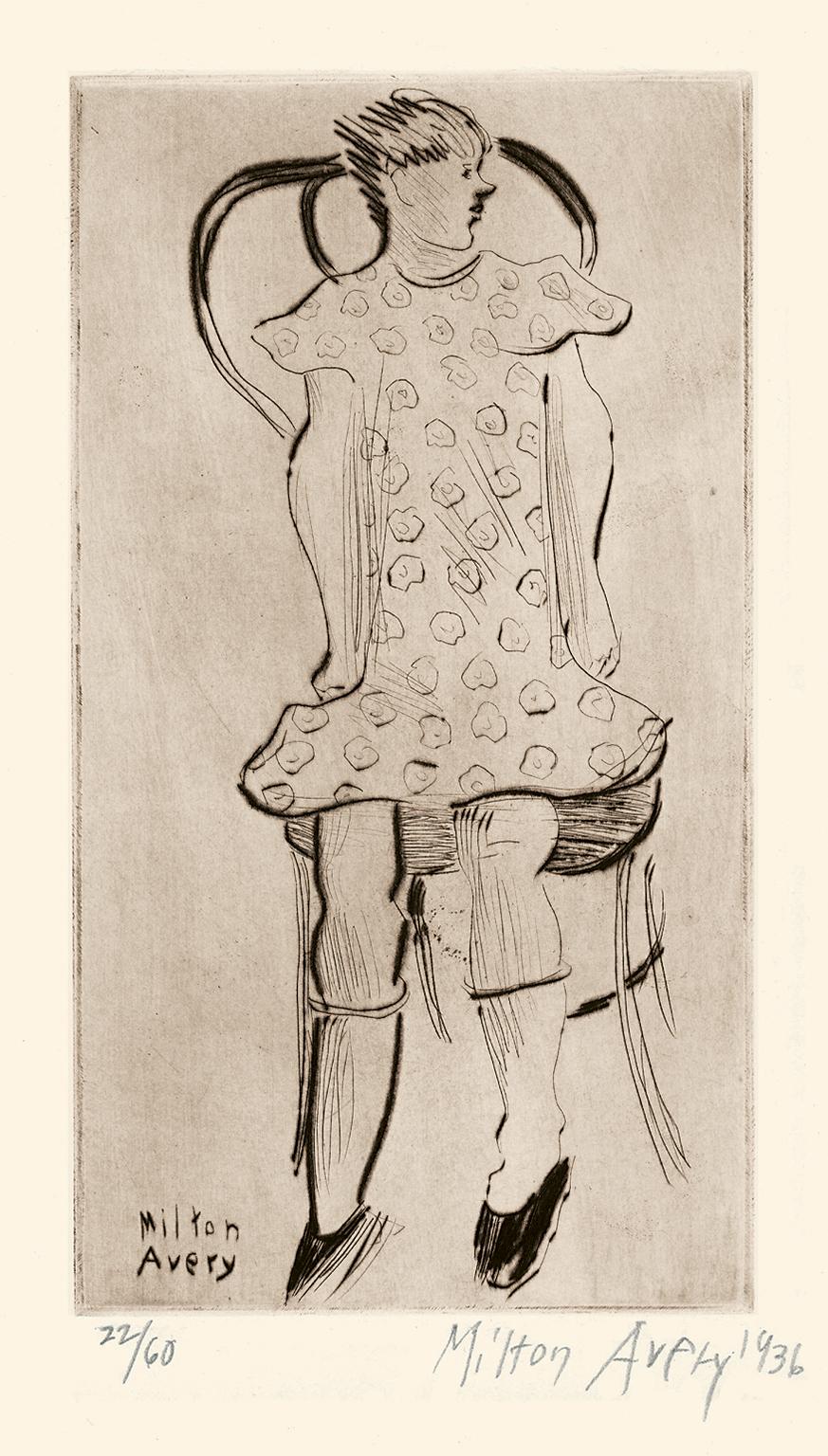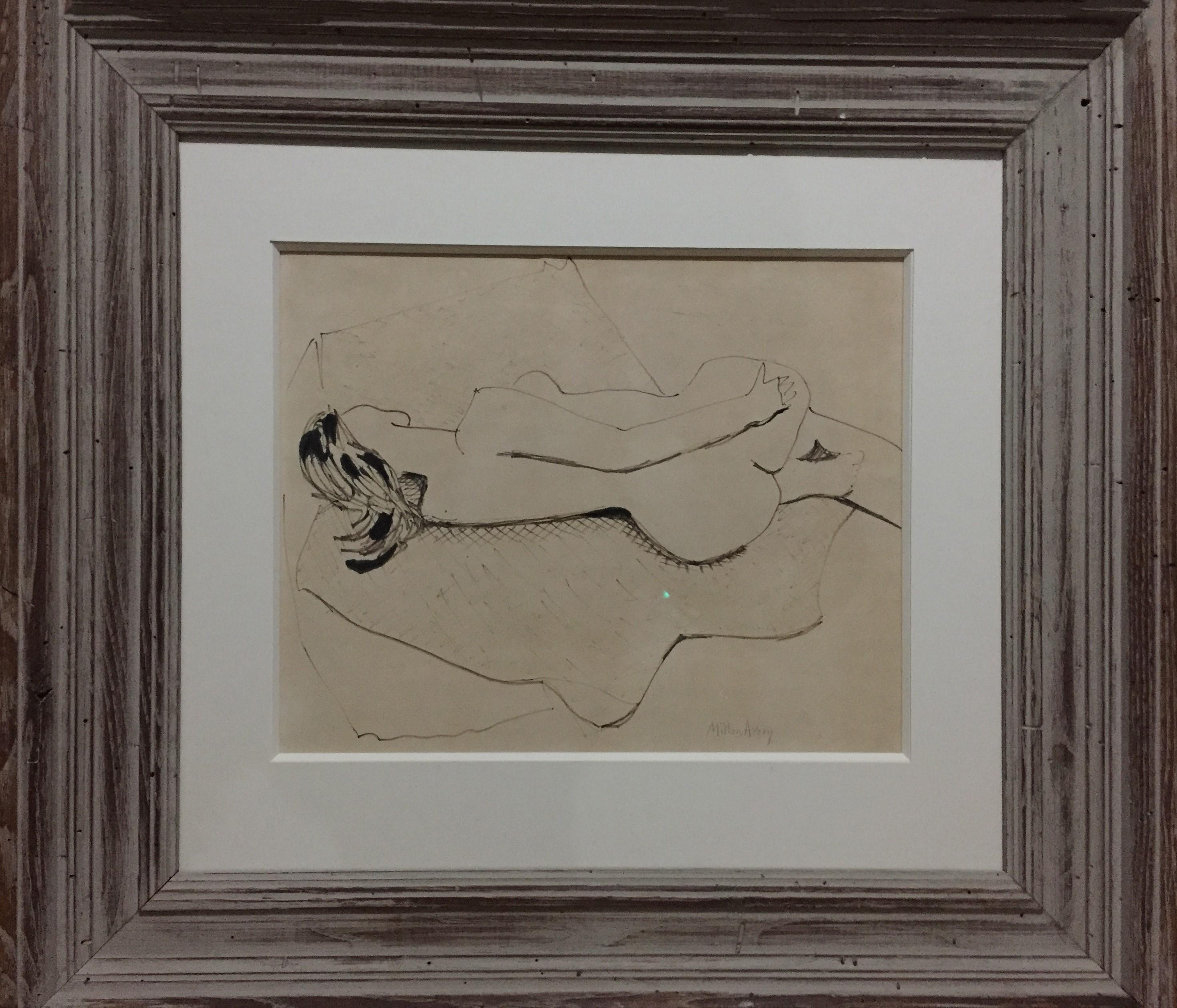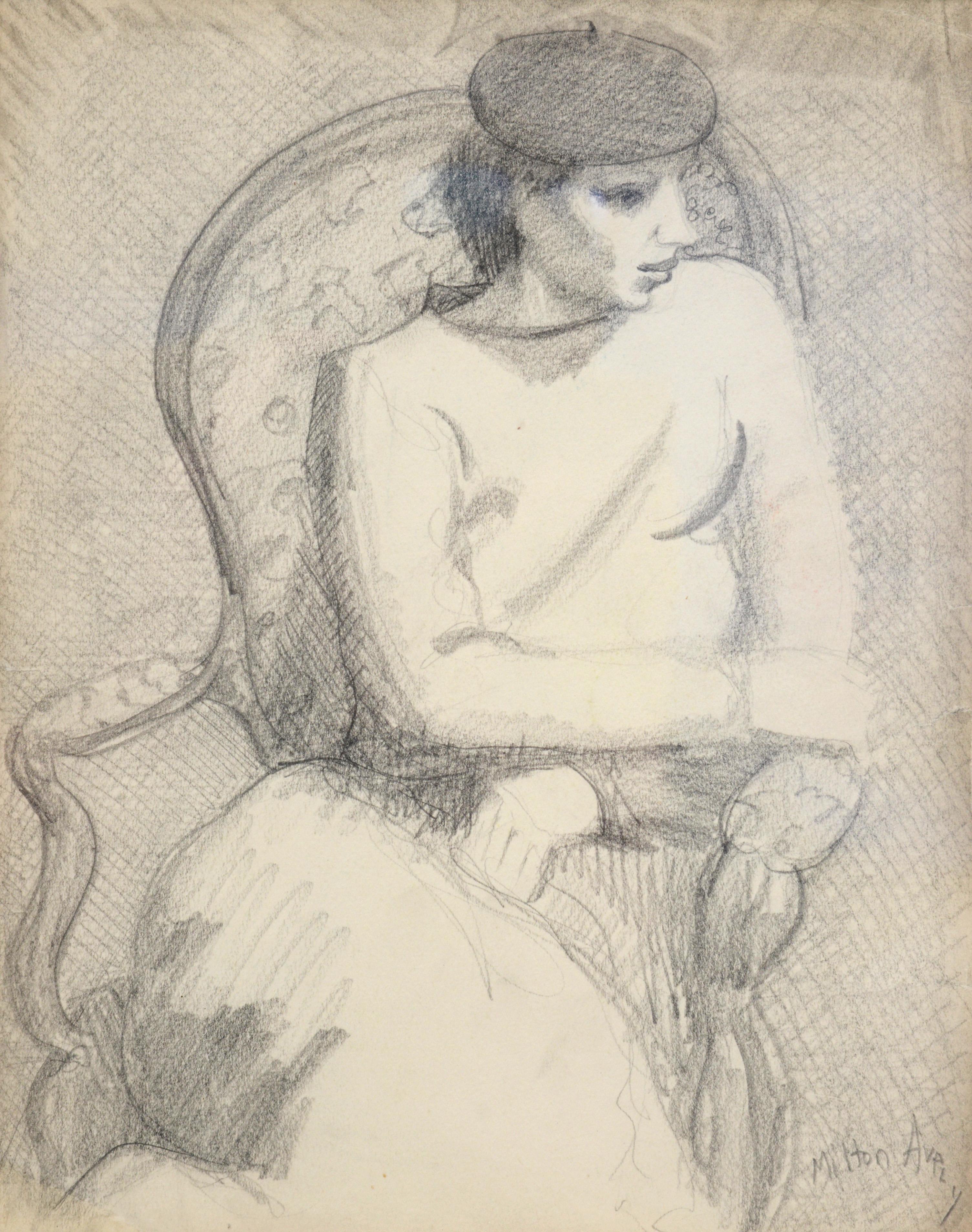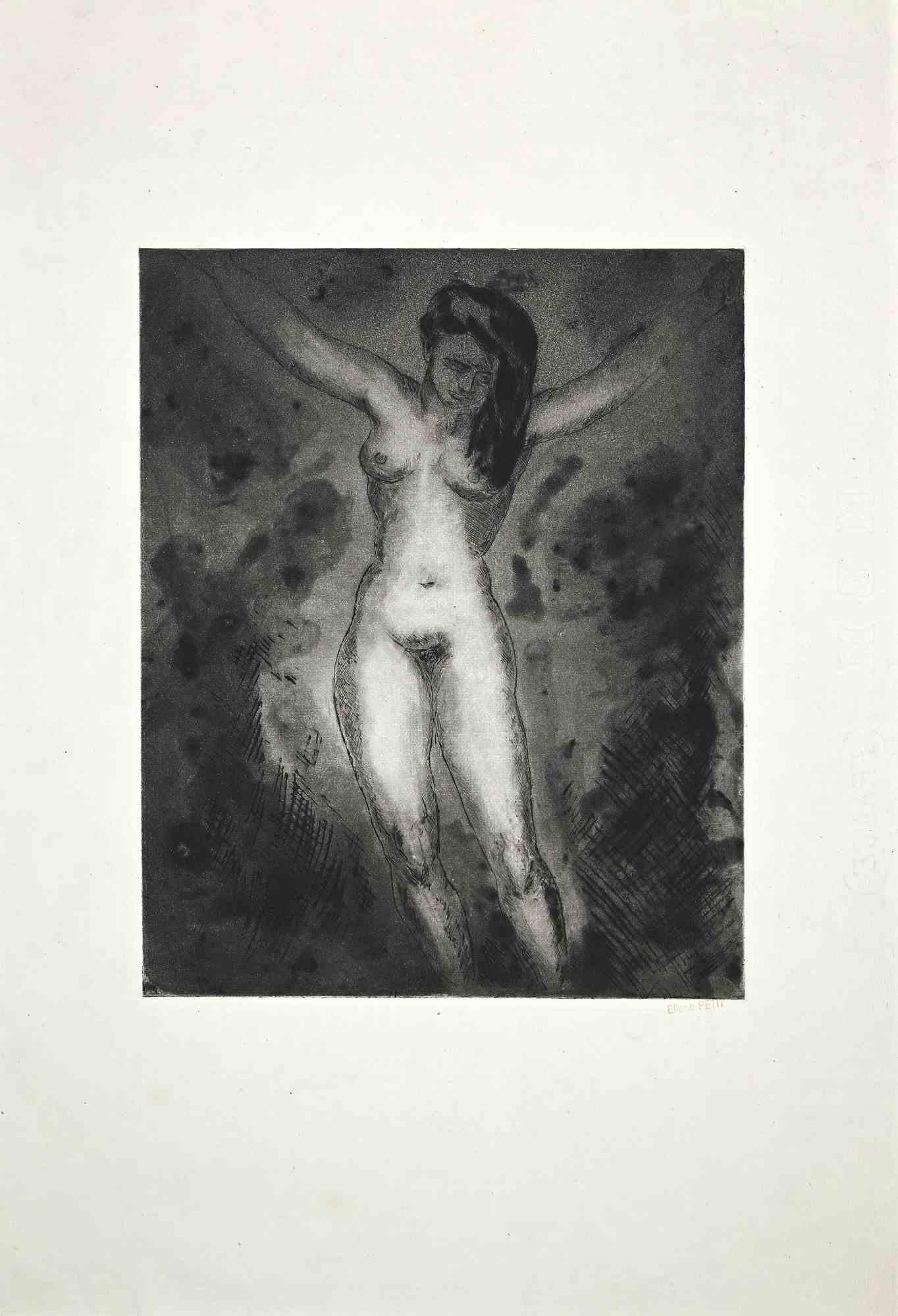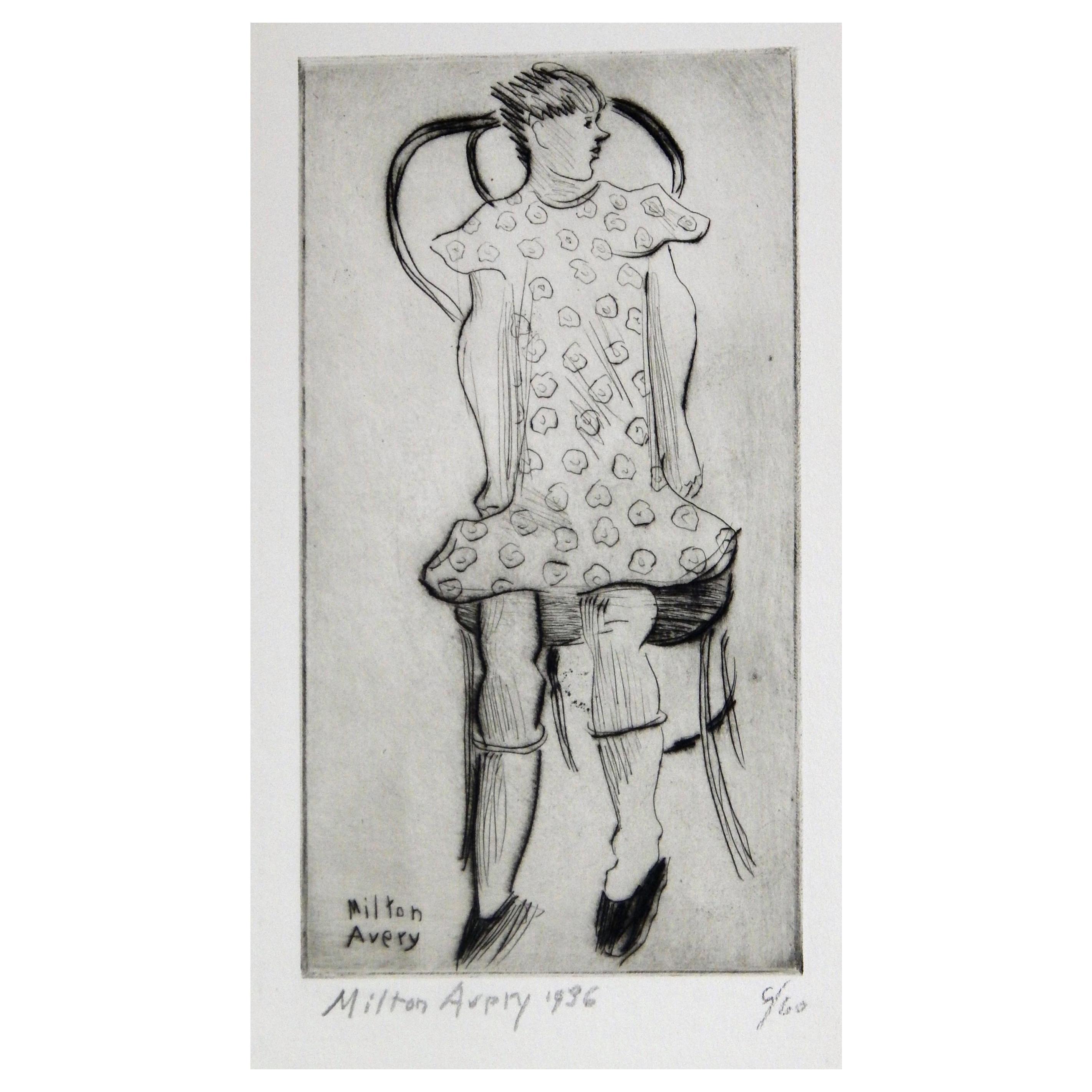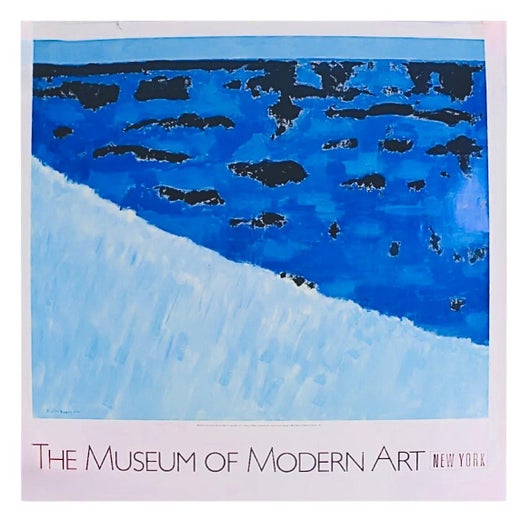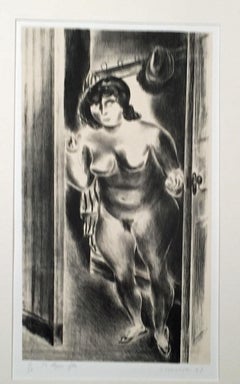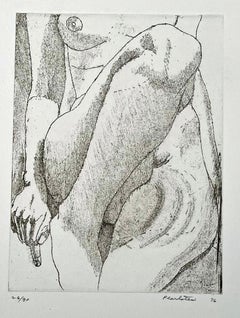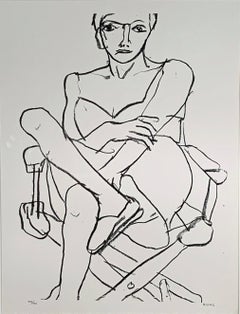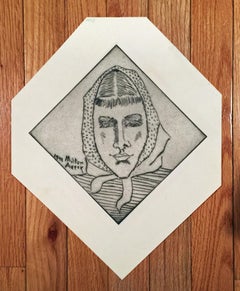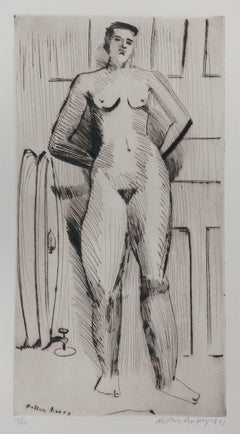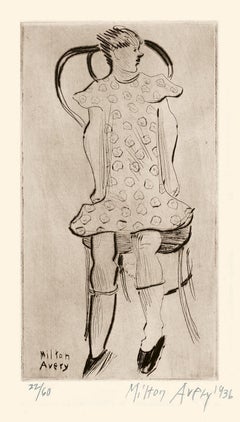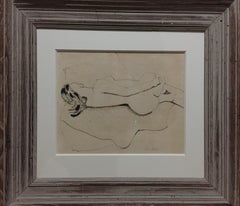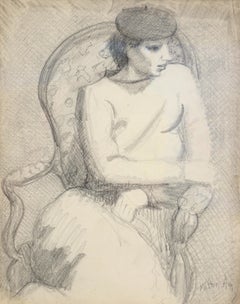Milton AveryYOUNG GIRL NUDE1935
1935
About the Item
- Creator:Milton Avery (1885 - 1965, American)
- Creation Year:1935
- Dimensions:Height: 19 in (48.26 cm)Width: 14 in (35.56 cm)Depth: 1 in (2.54 cm)
- Medium:
- Period:
- Condition:
- Gallery Location:Portland, ME
- Reference Number:1stDibs: LU367314608982
Milton Avery
Milton Clark Avery was born in 1885 in Altmar, New York. Largely self-taught, Avery is today regarded as one of the great early modern American artists; his inspired palette, simplified forms and unwavering commitment to a figurative tradition have secured him a place not only in the canon but also in the hearts of the American public.
Always at odds with the dominant style of the time, be it the American Scene Painting and Social Realism of the 1930s and '40s or the Abstract Expressionism of the 1950s, Avery's oeuvre is a labor of singular dedication. As a boy, Avery worked factory jobs to help support his large family following their move to Connecticut in 1898. He did not seriously begin to pursue art until sometime following his father's death in 1905, when he intermittently attended classes at the Connecticut League of Art Students. He made his artistic debut in 1915 at the Wadsworth Atheneum's Fifth Annual Exhibition of Oil Painting and Sculpture.
In 1925 Avery relocated to New York to be closer to his future bride. Following his marriage in 1926 he was able to quit working and paint full time. At this time Avery replaced the light-drenched palette of his Hartford days with more muted tones. He also exchanged his heavy impasto for thin washes of pigment, which he used to create veiled fields of color.
In 1927 Avery exhibited with the Society of Independent Artists. Success quickly followed. Two of his paintings were selected for inclusion in a 1928 group show at the Opportunity Gallery in New York. Also in 1928, renowned collector Louis Kaufman became the first person to purchase a painting by the artist; and in 1929 Duncan Phillips purchased Winter Riders (1929) for the Phillips Memorial Gallery, making it Avery's first painting to enter a museum collection.
Avery's signature figurative style characterized by simple forms and flattened shapes filled with arbitrary color "in the manner of Matisse" was fully developed by the 1940s. His work as a colorist greatly influenced succeeding generations of artists, specifically Color Field painters Mark Rothko, Barnett Newman, and Adolph Gottlieb. In 1944 he was given his first solo museum exhibition at the Phillips Memorial Gallery. That same year, he entered into a contract with famed dealer Paul Rosenberg, in which Rosenberg agreed to purchase 25 of Avery's paintings twice a year.
In 1952 the Baltimore Museum of Art hosted Avery's first museum retrospective, and Avery was the subject of a major article in Arts magazine by eminent art critic Clement Greenberg. In 1960 the Whitney Museum of American Art hosted his second museum retrospective.
Find authentic Milton Avery prints and paintings on 1stDibs.
(Biography provided by Helicline Fine Art)
- ShippingRetrieving quote...Shipping from: Portland, ME
- Return Policy
More From This Seller
View All1920s Figurative Prints
Lithograph
1970s Nude Prints
Etching
1960s Figurative Prints
Lithograph
1940s American Modern Portrait Prints
Drypoint
1950s Abstract Prints
Color, Lithograph
1920s Post-Impressionist Figurative Prints
Lithograph
You May Also Like
1940s Modern Nude Prints
Drypoint, Paper
1930s American Modern Figurative Prints
Drypoint
Mid-20th Century Abstract Expressionist Figurative Paintings
Pencil, Paper, Ink
20th Century Modern Portrait Drawings and Watercolors
Paper, Graphite
Early 20th Century Modern Figurative Prints
Etching, Aquatint
Mid-20th Century Abstract Paintings
Paper
